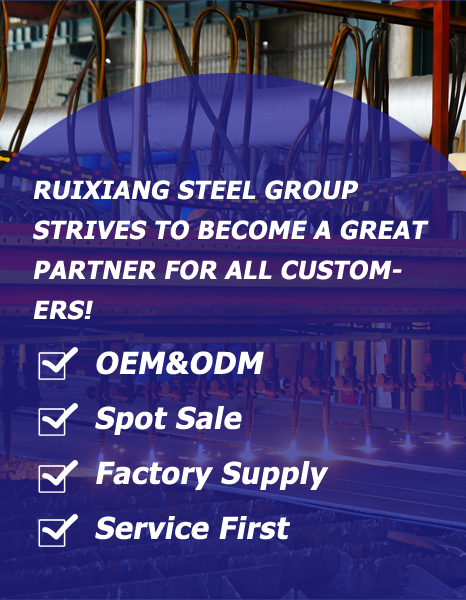Chemical Composition and Mechanical Properties of ASTM A36 Steel Plate
 Click:215Edit: Ruixiang Steel
Click:215Edit: Ruixiang Steel Time:2025-10-08 17:41:22
Time:2025-10-08 17:41:22
Chemical Composition and Mechanical Properties of ASTM A36 Steel Plate
Content:
When selecting steel for construction or manufacturing, understanding the material's fundamental properties is crucial. ASTM A36 steel plate is one of the most widely used carbon structural steels globally, prized for its balanced performance and versatility. For engineers, architects, and fabricators, knowing its chemical composition and mechanical properties ensures optimal application and performance.
ASTM A36 Chemical Composition: The Foundation of Its Performance
The chemical composition of ASTM A36 steel is carefully controlled to deliver its characteristic blend of strength, ductility, and weldability. The key elements include:
Carbon (C): ≤ 0.25% - This relatively low carbon content is primary reason for A36's good weldability and formability. It provides solid strength without making the steel overly brittle.
Manganese (Mn): 0.80% - 1.20% - Manganese enhances the strength and toughness of the steel. It also helps in deoxidizing the steel during the manufacturing process.
Silicon (Si): ≤ 0.40% - Silicon is used as a deoxidizer in the steelmaking process and can also contribute to the steel's strength.
Phosphorus (P): ≤ 0.04% - Phosphorus is controlled to a low level as it can adversely affect ductility and weldability.
Sulfur (S): ≤ 0.05% - Sulfur is kept low to prevent brittleness at high temperatures (hot shortness), which is detrimental during hot forming processes like rolling or forging.
Copper (Cu): ≥ 0.20% (when required) - Copper can be specified for enhanced atmospheric corrosion resistance.
This specific chemistry results in a low-carbon steel that is strong yet exceptionally workable.
Mechanical Properties of ASTM A36 Steel Plate
The mechanical properties define how the steel behaves under load. ASTM A36 plate offers a reliable combination of:
Yield Strength: ≥ 250 MPa (36,000 psi) - This is the stress at which the steel begins to deform plastically. A36 will return to its original shape if the load is removed below this point.
Tensile Strength: 400 - 550 MPa (58,000 - 80,000 psi) - This is the maximum stress the steel can withstand while being stretched or pulled before necking and failure.
Elongation: ≥ 20% - This measures the ductility of the steel, indicating how much it can stretch before breaking. A minimum of 20% elongation allows for significant forming and bending without cracking.
Why Choose ASTM A36 Steel Plate?
The balanced chemical composition directly translates into key benefits for fabricators and engineers:
Excellent Weldability: Its low carbon equivalent allows A36 to be easily welded using all standard methods without pre- or post-heating in most thicknesses.
Good Formability: It can be readily bent, cut, drilled, and formed into complex shapes, making it a fab-friendly material.
High Strength-to-Weight Ratio: It provides substantial load-bearing capacity, which is essential for structural frameworks in buildings and bridges.
ASTM A36 steel plate is a cornerstone material for bridges, buildings, machinery, and general structural components. At Ruixiang Steel, we supply premium-grade ASTM A36 steel plates that meet stringent international standards, ensuring consistent quality and performance for your most demanding projects.
 Click:215Edit: Ruixiang Steel
Click:215Edit: Ruixiang Steel Time:2025-10-08 17:41:22
Time:2025-10-08 17:41:22

